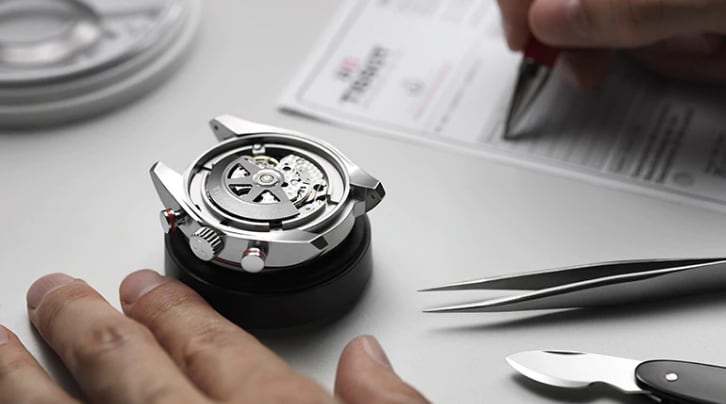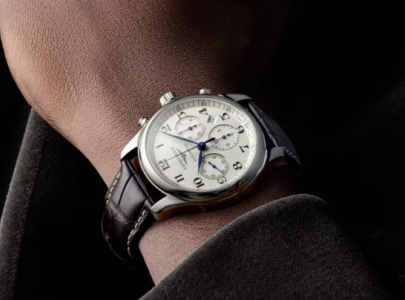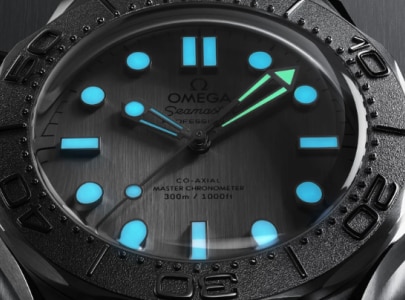Watches can be very fragile. They are made up of many components, some of which can be very tiny or made of precious materials. If you want your watch to stay reliable, take very good care of it and of course never drop it!
The first commandment of watch care is: read the instructions carefully to understand how to use the different functions, buttons and settings your watch has. Sometimes, you’ll need to use tools provided by the manufacturer to activate a pusher or button. Never try to force a button or use a pen or other sharp object for this job.
When it comes to setting the time, you should always wind the hands clockwise, never anti-clockwise. Avoid setting the time between 9pm and 3am while the watch is in the process of changing the date. This can damage the mechanism.
We also highly recommended taking off your watch to wind it or pull the crown out. It’s important to pull the crown out at the right angle, as applying the wrong amount of pressure in the wrong place could break the wheel. Take care not to wind the watch excessively – stop before you feel resistance in the tips of your fingers.
Watch mechanisms are fragile. The balance wheel can become damaged if the mechanism is forced. Make sure you close the crown properly by pushing it back in firmly – but again without forcing. If the crown isn’t put back in place properly, moisture and dust can get inside the watch and cause it to malfunction later down the line.
Wearing your watch while playing sports or riding a bike to the office is also strongly discouraged. This prevents putting the mechanism under unnecessary strain, unless it’s specifically designed for these kinds of activities. Shocks and moisture are your watch’s arch enemies. Exposure to very hot water when doing the dishes or taking a bath can damage parts of the casing, even on a basic quartz watch.
Changes in temperature damage the materials, glass, metal and seals that make the watch water-resistant. This can lead to water getting inside the watch. If, for example, a watch has been exposed to direct sunlight, avoid immersing it in cold water immediately afterwards, especially if it has low resistance to water (10 bars or less). Avoid using a chronograph or any pushers underwater at all costs. If water gets into the watch, the components of the mechanism may rust. Even if you take these precautions, it’s still possible for moisture to get inside your watch. In the event that this happens, don’t try to do anything yourself – take the watch straight to your watchmaker.
If your watch ever gets submerged in seawater, it should be cleaned with fresh water and rinsed. The same goes if it comes into contact with sand or fine dust. Bearing all this in mind, the most important thing you can do is to take your watch to a watchmaker regularly for an inspection and revision. A watch can also get damaged when you’re not wearing it, so make sure you store it carefully, somewhere it won’t be knocked by other objects and always at room temperature.
It’s also important to keep your timepiece away from magnetic fields (magnets, computers, tablets, phones, etc.). Any device that emits invisible magnetic fields can damage your watch or cause it to malfunction.
Bear in mind that the mechanism of a watch needs to run from time to time to stop it from jamming, so it’s a good idea to wear your watch at least two or three times a year. Finally, keep all the documents and paperwork you have for your watch, even if you don’t think they’re necessary. The value of your watch will depend on what documentation you have, should you ever decide to sell it.



